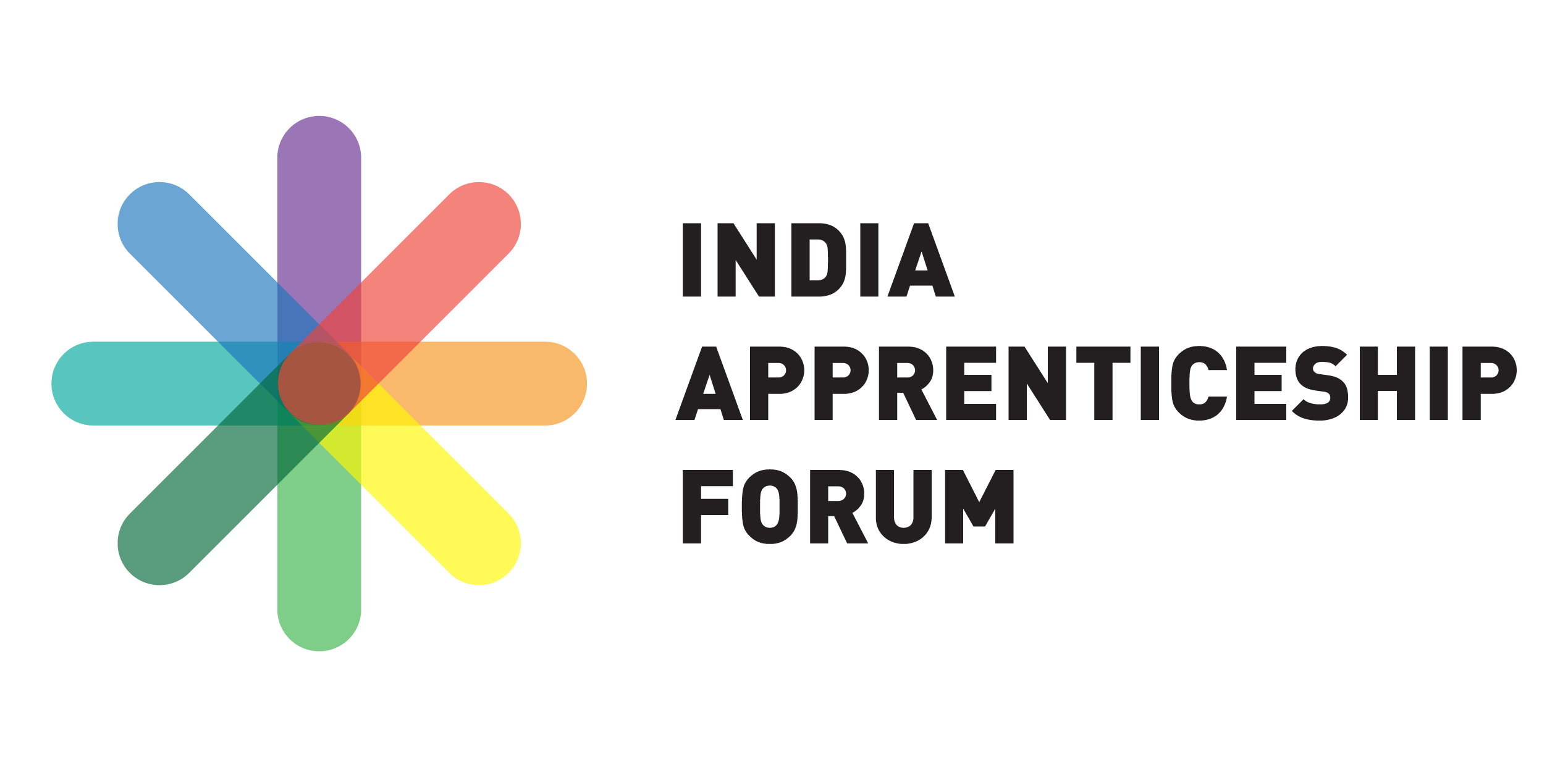This article is in continuation of the 4-part series that deconstructs the ILO-UNESCO report on ‘Taking A Whole of Government Approach to Skills Development’.[i]
Read Part I of the series here.
In this section, we examine seven potential triggers that can ease or impede inter-ministerial coordination in skill development.
Political Will
Well-intentioned efforts in developing countries often fail to achieve skilling goals due to ‘capability traps’[ii] defined as ‘a dynamic in which governments constantly adopt “reforms” to ensure ongoing flows of external financing and legitimacy yet never actually improve’. The onus here is placed squarely on key government players and how much skin they have in the game. Is there a genuine willingness among all leaders to streamline governmental coordination in skill development? -the report asks.
Strategic vision
Skill development at a national level requires sharp clarity in what exactly a government wants to achieve. This drives the success of inter-ministerial coordination. Research[iii] finds that since the mid-twentieth century nations that have integrated TVET and skill building with overall human resource development (HRD) have witnessed far greater success in their economic development goals. Also needed is visionary leadership and a confidence to publicly announce a government’s hankering for mass skill development to ramp up fervour within inter-ministerial corridors. And standing by those public declarations. Unfortunately, we find India has been going back and forth on its ‘targets’ over the years, which risks disinterest creeping into its enormous skilling ecosystem consisting of seventeen departments for vocational training in various ministries. In 2009 a target was set to vocationally skill 500 million people by 2022. In 2014 this was ‘superseded’ by the Skill India Mission and the National Apprenticeship Promotion Scheme. And in 2017 the government altogether abandoned the initial target stating it will focus on ‘demand driven skill development’ rather than ‘chase numbers’.[iv]
Although TVET and apprenticeship policy in India has received a massive fillip in the last few years, shifting goalposts result in gaping inefficiencies in inter-governmental operations. Which further lends credence to what this report states about integrating skill building with an overall HRD policy.
Civil service capacity
This refers to the capability of the civil service strata to run with skill building schemes at regional and local levels which can hugely impact inter-ministerial coordination and ultimately outcome on the ground.
Crisis events
These are ‘economic shocks’ which can trigger significant public interest with the potential to jerk inter-ministerial coordination into action. You will agree that there are several ‘alarming’ statistics hotly discussed in the country today:
- Only 4% of India’s working population have received some form of formal vocational training, compared to 60-90% in developed countries.[v]
- Nearly 95% of the labour force are informal workers with little or no skills.
- Around 12 million youth are estimated to enter India’s workforce annually for the next two decades with government skill gap analysis indicating a requirement of a further 109 million skilled workers by 2022 across the 24 keys sectors of the economy.[vi]
- 30% of India’s youth NEET (not in employment, education or training)[vii]
- Only .1-.2 % of our organised workforce is made up of apprentices as against 5% in Germany
- 65-75% of Indian youth entering the workforce are unemployable.[viii]
Labour market and political-economic relationships
This essentially refers to the quality of interaction between social partners i.e. representatives of the labour market and the government, and the resultant impact on skills demand and supply. For instance, the ease with which industry interacts with government is a direct reflection of a country’s underlying political-economic mechanisms.
Accurate and timely metrics
If solid data forms the bedrock of national decisions for vocational training, inter-ministerial coordination efforts can become far more effective than a shotgun approach. Read Deconstructing the Apprenticeship Stipend Primer 2019 – Part I .
Resource availability, allocation and coordination
Do adequate resources exist to support inter-ministerial coordination? And are those resources being put to good use? We’ve learnt that despite an allocation of ₹17,000 crores for skills training and employment generation in the 2017-2018 budget, and the biggest ever chunk received by the MSDE of ₹3,016 crores,iv the funds lie largely unutilised. So what’s stopping our umpteen ministries involved in vocational training from delivering? Is it down to a serious lack of coordination and an awareness of roles and responsibilities?
In Summation
The report admits the seven trigger points are not mutually exclusive. A combination of them may be playing out at any given moment in an economy; making it ever more crucial for skill development ministries to be functioning as a whole.
Stay tuned for Part III- the concluding section.
References
[i] Main Source: Taking a whole of government approach to skills development (2018) – ILO-UNESCO Education Sector
[ii] Andrews, M., Pritchett, L. and Woolcock, M. 2012. Escaping capability traps through problem-driven iterative adaptation (PDIA). Center for Global Development Working Paper 299
[iii] Marope, P., Chakroun, B. and Holmes, K. 2015. Unleashing the Potential: Transforming Technical and Vocational Education and Training. Paris, UNESCO.
[iv] Modi Government Abandons Its Promise of Training 500 Million People To Get Jobs, 7 June 2017, Huffington Post
[v] Skilling for the Future- CII Blog
[vi] Skilling India- June 23 2017, World Bank
[vii] OECD Economic Survey: India 2017
[viii] On National Youth Day, know how India can close its massive skill gap and deal with unemployment, Jan 12, 2019, India Today















